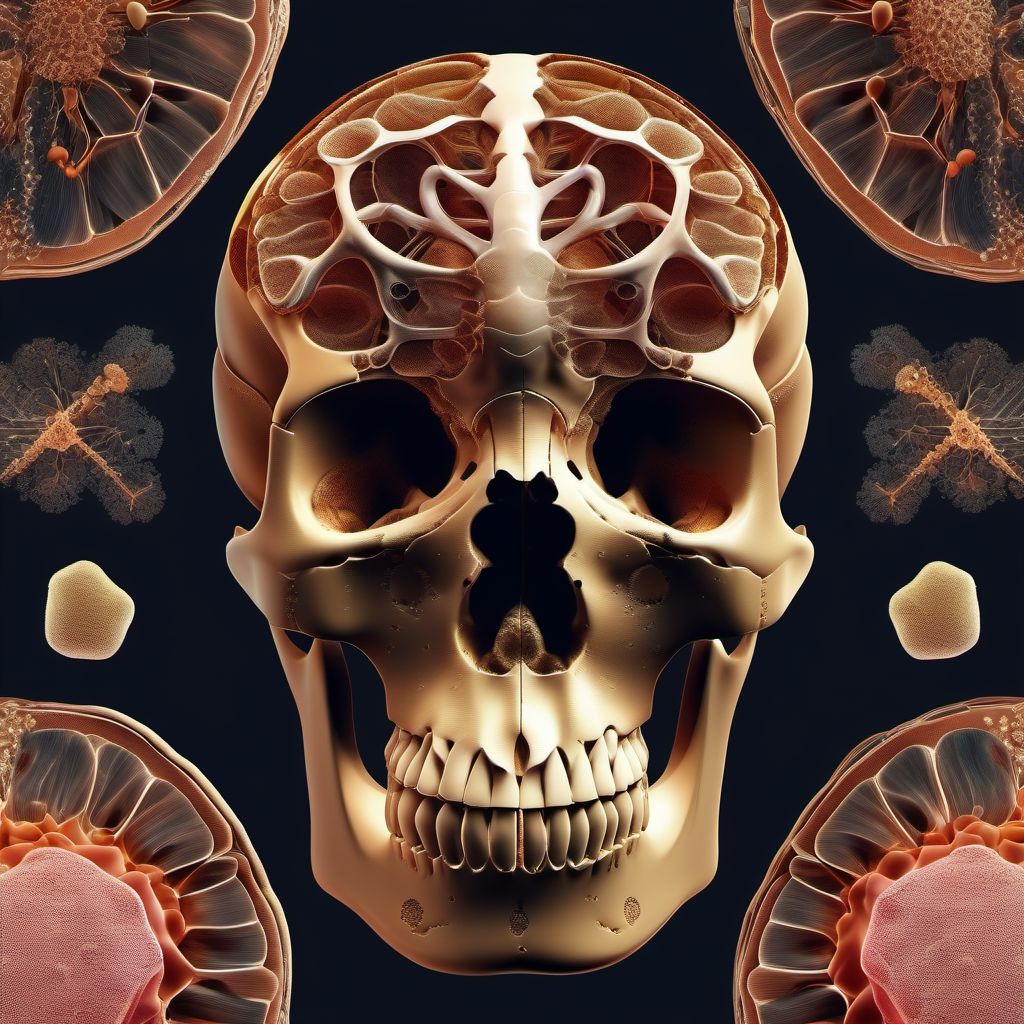
Tuberculosis of bones and joints Save
ICD-10 code: A18.0
Chapter: Certain infectious and parasitic diseases
Tuberculosis of bones and joints: Causes, Symptoms, and Treatment
Tuberculosis is a bacterial infection that usually affects the lungs. However, it can spread to other parts of the body, including bones and joints. Tuberculosis of bones and joints, also known as skeletal tuberculosis, is a rare but serious condition that requires prompt diagnosis and treatment.
- Causes
- Symptoms
- Pain in the affected bone or joint
- Swelling and stiffness
- Reduced range of motion
- Fever and chills
- Night sweats
- Diagnosis
- Treatment
Tuberculosis of bones and joints is caused by the bacteria Mycobacterium tuberculosis. The bacteria can enter the body through the lungs and spread to other parts of the body, including the bones and joints. People with weakened immune systems are more susceptible to developing tuberculosis of bones and joints.
The symptoms of tuberculosis of bones and joints can vary depending on the location of the infection. Common symptoms include:
Diagnosis of tuberculosis of bones and joints involves a physical examination, medical history review, and imaging tests such as X-rays and CT scans. A biopsy may also be performed to confirm the diagnosis.
Tuberculosis of bones and joints is usually treated with a combination of antibiotics for several months. In some cases, surgery may be necessary to remove infected tissue or repair damage to the bone or joint. It is important to complete the full course of antibiotics to prevent the infection from returning.
Patients with tuberculosis of bones and joints may require physical therapy to regain strength and mobility in the affected area.
If you suspect you have tuberculosis of bones and joints, it is important to seek medical attention right away. Early diagnosis and treatment can help prevent complications and improve outcomes.